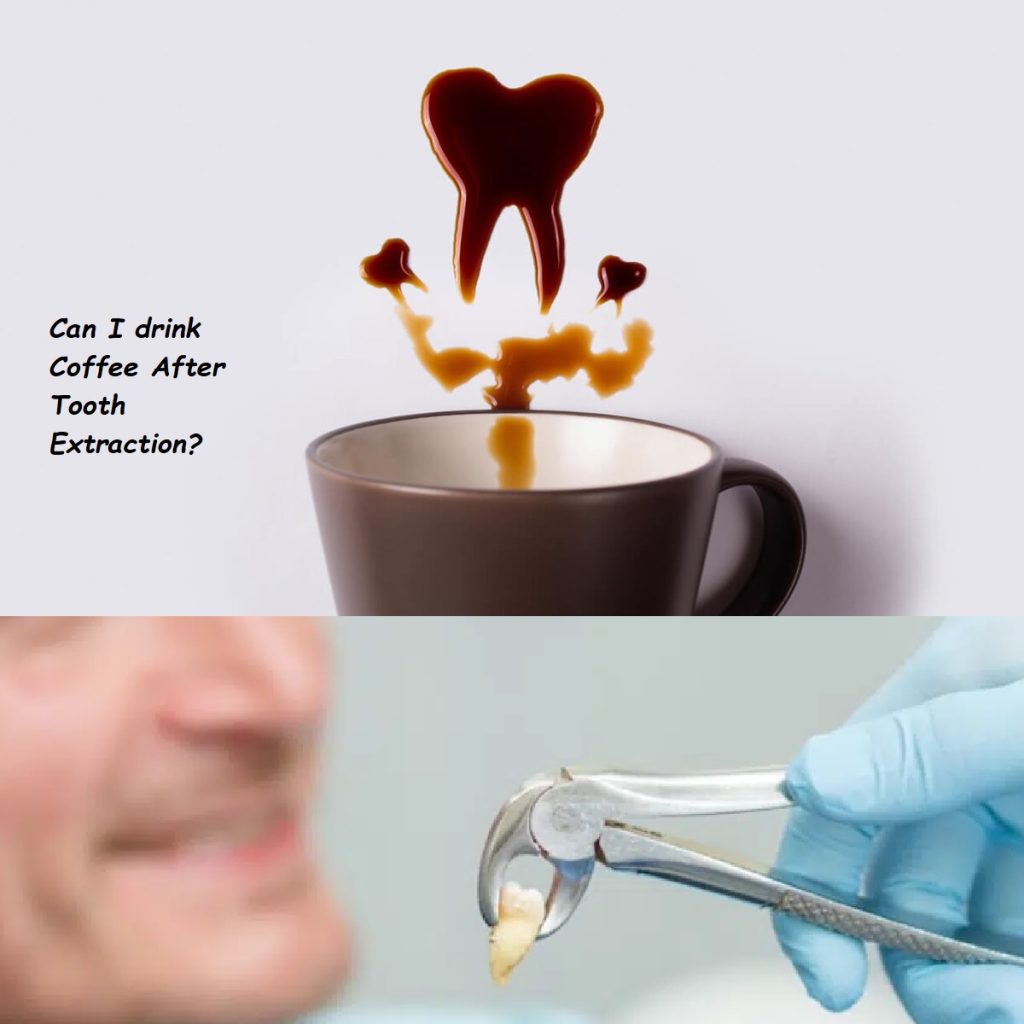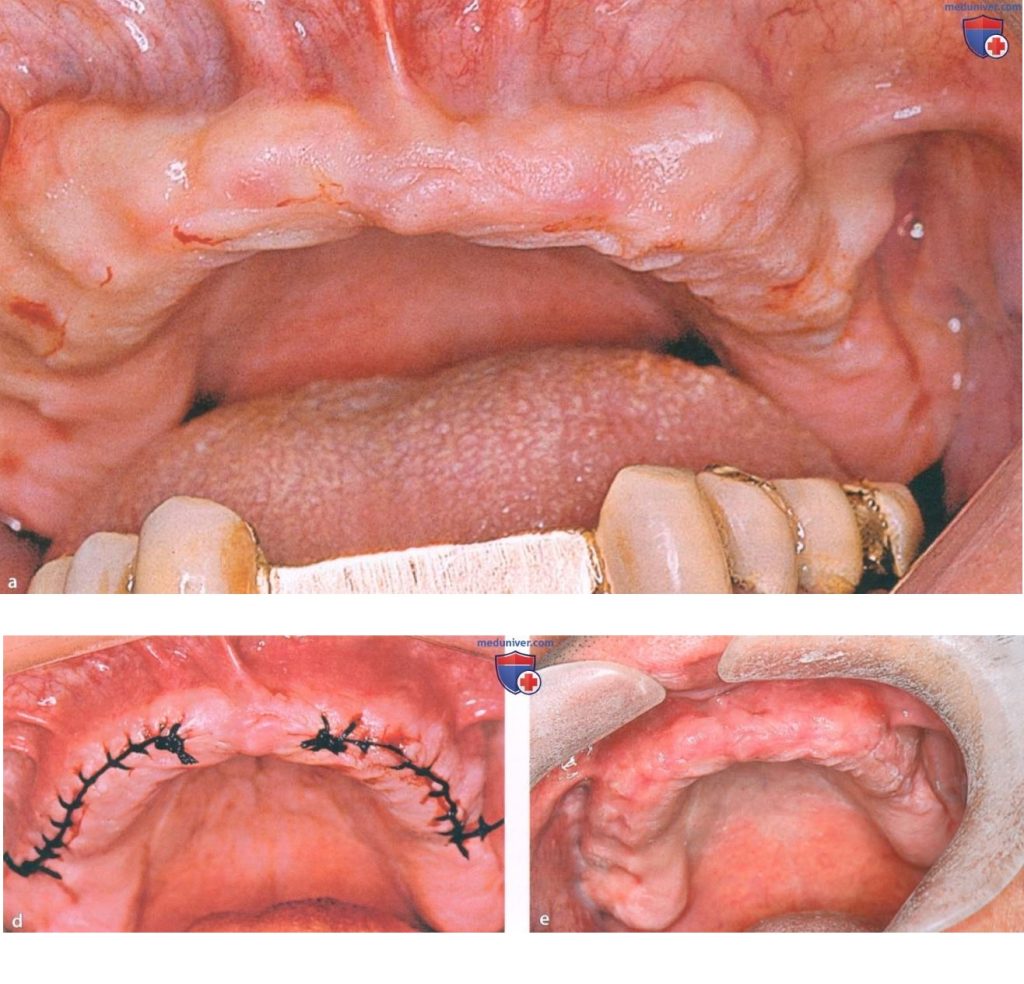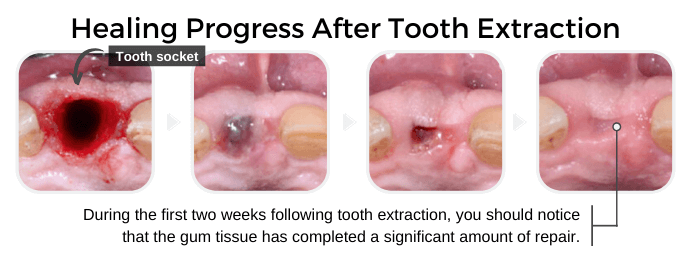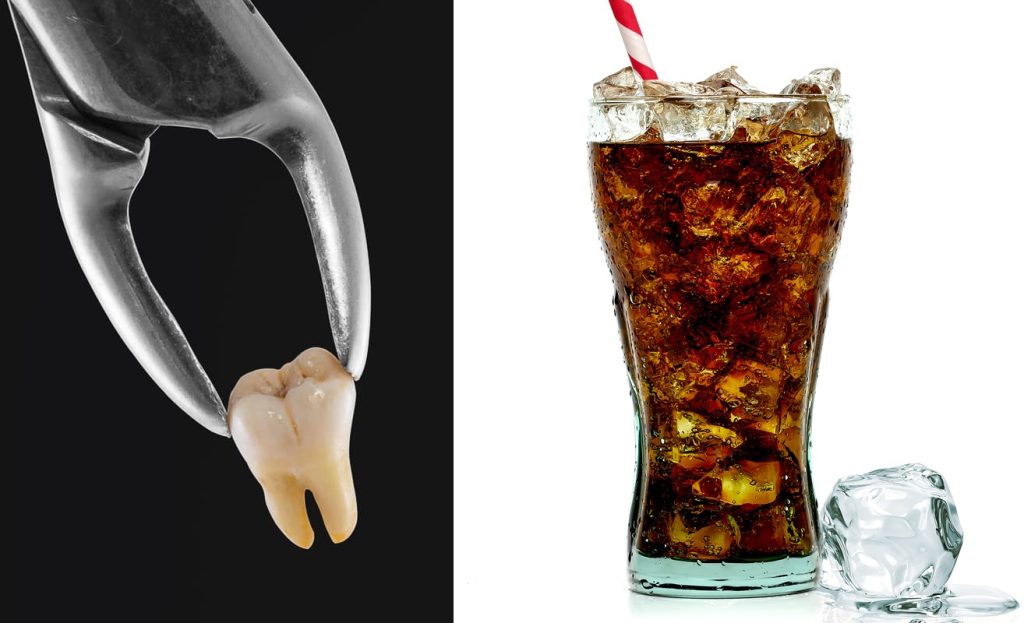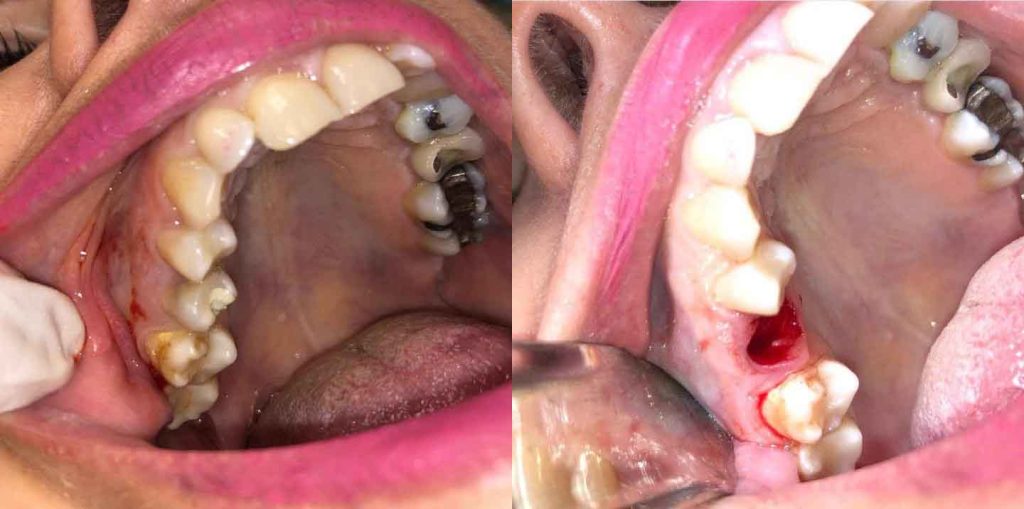Should i get a bone graft after tooth extraction
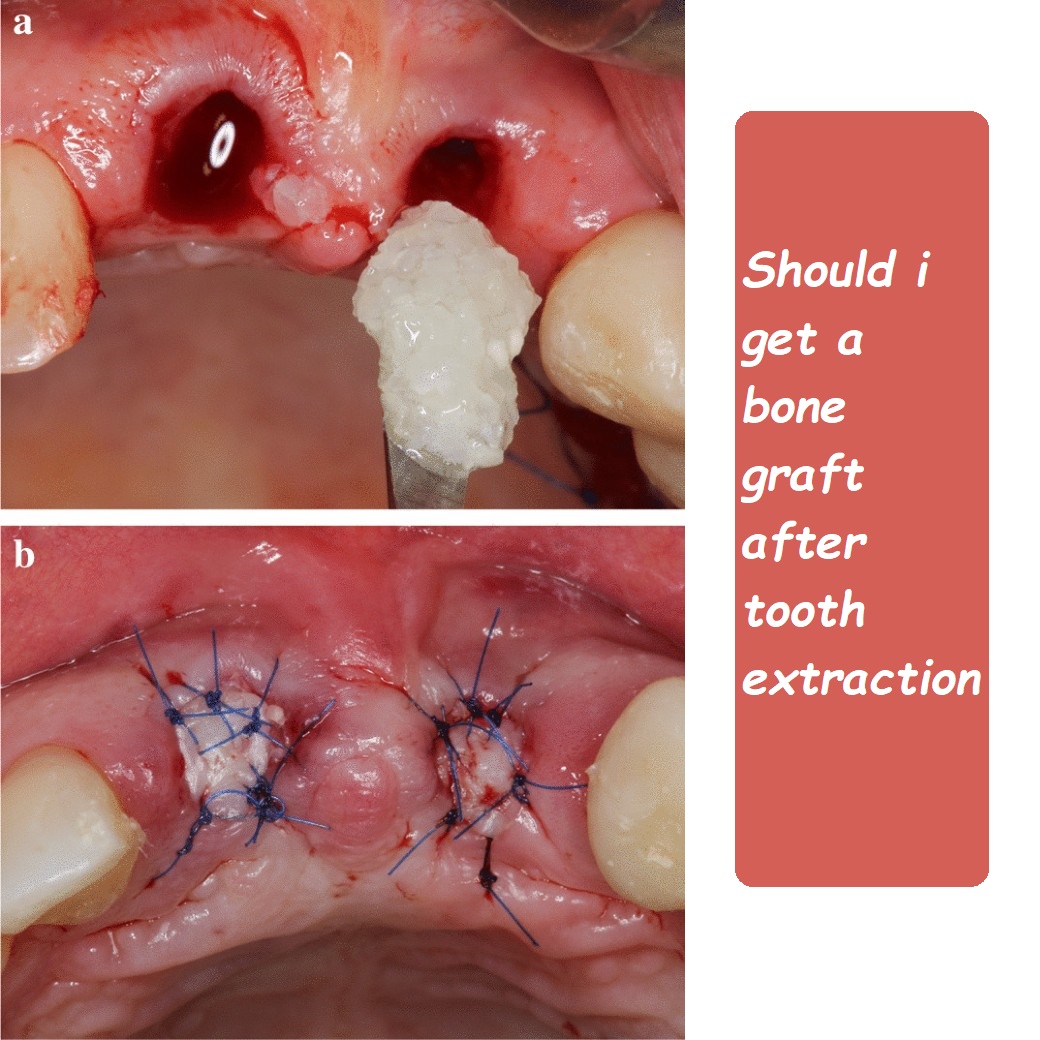
Tooth extraction is a significant dental procedure that often raises many questions, especially when your dentist suggests additional treatments like a bone graft. If you’ve been advised to consider a bone graft after tooth extraction, you might be wondering, “Is a bone graft really necessary? What are the benefits? And what should I expect?” You’re not alone in these concerns, and this guide aims to provide you with all the information you need to make an informed decision.
In this article, we’ll explore the ins and outs of bone grafting after tooth extraction, including when it’s necessary, the benefits it offers, the procedure itself, potential risks, and what you can expect during the recovery process. By the end, you’ll have a clear understanding of whether a bone graft after tooth extraction is the right choice for you.
What Is a Bone Graft?
Before diving into whether you should get a bone graft after tooth extraction, it’s essential to understand what a bone graft is and why it’s performed.
A bone graft is a surgical procedure where bone material is added to your jawbone. This can involve using bone from another part of your body, a donor, or synthetic materials that encourage new bone growth. The primary goal of a bone graft is to build up or replace bone that may have been lost due to tooth extraction, periodontal disease, or other factors.
When a tooth is extracted, the bone that surrounded the tooth root can begin to deteriorate or resorb, as it’s no longer needed to support a tooth. Over time, this loss of bone can lead to changes in your facial structure, issues with adjacent teeth, and complications with future dental restorations like implants.
When Is a Bone Graft Necessary After Tooth Extraction?
Not everyone who undergoes a tooth extraction will need a bone graft, but there are several situations where it might be recommended:
1. Planning for a Dental Implant
One of the most common reasons for a bone graft after tooth extraction is to prepare for a dental implant. Implants require a certain amount of healthy bone to anchor securely. If the jawbone has deteriorated or isn’t thick enough, a bone graft can help create a strong foundation for the implant, increasing the chances of a successful outcome.
2. Preventing Bone Loss
Even if you’re not immediately planning on getting an implant, a bone graft might be suggested to prevent bone loss in the extraction site. Bone loss can occur rapidly after a tooth is removed, and a graft can help maintain the integrity of your jawbone, preserving its shape and density.
3. Maintaining Facial Structure
Bone plays a crucial role in supporting the overall structure of your face. Significant bone loss can lead to changes in your facial appearance, such as a sunken or aged look. A bone graft can help maintain your facial structure by preventing the bone from resorbing after tooth extraction.
4. Multiple Extractions
If you’re having multiple teeth extracted, especially in the same area, the cumulative bone loss can be significant. In such cases, a bone graft might be recommended to ensure that the area remains healthy and stable, particularly if future restorative work is planned.
5. Pre-existing Bone Loss
If you already have bone loss due to periodontal disease, trauma, or other factors, a bone graft can be necessary to restore the lost bone and ensure the area is ready for any future dental work, like bridges, dentures, or implants.
Benefits of Getting a Bone Graft After Tooth Extraction
Understanding the benefits of a bone graft can help you see why your dentist might recommend it:
1. Improved Dental Implant Success
The success of dental implants largely depends on the quality and quantity of bone available. By opting for a bone graft, you’re ensuring that your jaw has the necessary structure to support an implant, increasing the chances of a successful and long-lasting result.
2. Preservation of Jawbone
One of the significant benefits of a bone graft is the preservation of the jawbone. When bone loss occurs, it can lead to shifting of teeth, bite problems, and even further tooth loss. A bone graft helps maintain the bone structure, preventing these issues from arising.
3. Enhanced Facial Aesthetics
Bone loss can affect your appearance, leading to a sunken or aged look. A bone graft helps preserve the natural contours of your face, keeping your appearance intact.
4. Foundation for Future Dental Work
Even if you’re not planning on getting an implant immediately, a bone graft can provide a stable foundation for any future dental restorations. Whether it’s an implant, a bridge, or a denture, having sufficient bone is crucial for a successful outcome.
The Bone Graft Procedure: What to Expect
If you’re considering a bone graft after tooth extraction, understanding the procedure can help alleviate any anxiety or uncertainty. Here’s what you can expect:
1. Initial Consultation
Before the procedure, your dentist or oral surgeon will evaluate your dental and medical history, take X-rays or 3D scans, and discuss your options. They’ll explain the type of bone graft material that will be used and the expected outcomes.
2. Types of Bone Graft Materials
There are several types of bone graft materials available, including:
- Autograft: Bone taken from your own body, typically from the hip, chin, or another part of the jaw.
- Allograft: Donor bone from a human cadaver, processed to ensure safety and compatibility.
- Xenograft: Bone from an animal source, usually a cow, processed to be safe for human use.
- Alloplast: Synthetic bone graft materials made from biocompatible substances that encourage bone growth.
Each type has its own advantages and considerations, and your dentist will help determine which is best for you.
3. The Procedure
The bone graft procedure itself is typically performed under local anesthesia, though sedation options are available if you’re anxious. During the procedure:
- The extraction site will be cleaned and prepared.
- The bone graft material will be placed into the socket or area where bone augmentation is needed.
- In some cases, a membrane or barrier may be placed over the graft to protect it and encourage healing.
- The area is then sutured closed.
The procedure is usually straightforward, especially when done immediately after tooth extraction.
4. Post-Procedure Care
After the bone graft, you’ll receive detailed instructions on how to care for the area. This typically includes:
- Pain Management: Over-the-counter pain relievers are usually sufficient, though your dentist may prescribe something stronger if needed.
- Oral Hygiene: Keeping the area clean is crucial, but you’ll need to be gentle around the graft site. You may be advised to use a special mouthwash to prevent infection.
- Diet: Soft foods are recommended for the first few days to avoid disturbing the graft.
- Follow-Up: You’ll likely have a follow-up appointment to monitor healing and ensure everything is progressing as it should.
Potential Risks and Complications
As with any surgical procedure, there are potential risks and complications associated with bone grafting. While most patients experience a smooth recovery, it’s important to be aware of the possibilities:
1. Infection
Infection is a risk with any surgical procedure, including bone grafting. Following your dentist’s aftercare instructions, such as taking prescribed antibiotics and maintaining good oral hygiene, can significantly reduce this risk.
2. Graft Failure
In some cases, the bone graft may not integrate with the existing bone as expected. Factors such as smoking, certain medical conditions, or insufficient blood supply to the area can contribute to graft failure. If this occurs, additional treatment might be necessary.
3. Pain and Swelling
Some pain and swelling are normal after a bone graft, but if they persist or worsen, it could indicate a problem. Contact your dentist if you experience severe discomfort or if the swelling doesn’t subside after a few days.
4. Nerve Damage
While rare, there’s a slight risk of nerve damage, particularly if the graft is near nerves in the jaw. This can lead to numbness or altered sensation, though it’s usually temporary.
5. Bleeding
Some bleeding is expected immediately after the procedure, but excessive or prolonged bleeding should be reported to your dentist.
Recovery Process: What to Expect
Recovery from a bone graft after tooth extraction varies depending on the size and complexity of the graft, as well as your overall health. Here’s a general timeline of what you can expect:
First Few Days
- Swelling and Discomfort: You’ll likely experience some swelling and discomfort for the first 48-72 hours. Applying ice packs and taking prescribed pain medication can help manage these symptoms.
- Rest and Care: Rest is crucial during the initial days after surgery. Avoid strenuous activities and follow your dentist’s guidelines for oral hygiene and diet.
First Week
- Gradual Improvement: By the end of the first week, swelling should begin to subside, and you’ll start to feel more comfortable. Continue with soft foods and gentle oral care.
- Follow-Up Appointment: You’ll likely have a follow-up appointment during this time to check the healing progress and remove any stitches if necessary.
2-4 Weeks
- Ongoing Healing: The bone graft will continue to heal and integrate with your natural bone during this period. You can gradually resume your normal diet and activities, but it’s important to avoid anything that could disrupt the graft site.
3-6 Months
- Final Integration: Complete healing and integration of the bone graft can take several months. Your dentist will monitor the progress through follow-up visits and imaging to ensure the graft is successful.
Frequently Asked Questions
1. Is a bone graft painful?
The procedure itself is usually performed under local anesthesia, so you shouldn’t feel pain during the graft. Afterward, some discomfort and swelling are normal, but these can be managed with pain medication and proper care.
2. How long does it take for a bone graft to heal?
Healing times can vary, but it generally takes several months for the graft to fully integrate with your natural bone. Your dentist will provide a more specific timeline based on your individual case.
3. Can a bone graft fail?
While bone grafts are generally successful, there is a risk of failure, particularly if there are complicating factors like smoking or certain medical conditions. Close monitoring and following your dentist’s care instructions can help ensure a positive outcome.
4. Is a bone graft necessary for all tooth extractions?
No, not all extractions require a bone graft. The need for a graft depends on factors like future dental plans (e.g., implants), the condition of the surrounding bone, and the overall health of your jawbone.
5. What are the alternatives to a bone graft?
In some cases, if there isn’t enough bone for an implant, alternatives like dental bridges or dentures might be considered. However, these options may not provide the same level of stability or function as an implant.
Conclusion: Should You Get a Bone Graft After Tooth Extraction?
Deciding whether to get a bone graft after tooth extraction is a significant decision that depends on your individual dental needs, future treatment plans, and overall health. The benefits of a bone graft, particularly in preserving bone structure and preparing for dental implants, are substantial and can greatly impact your long-term oral health.
If you’re considering a bone graft, it’s essential to have a detailed discussion with your dentist or oral surgeon. They can provide personalized advice, explain the procedure in detail, and help you weigh the pros and cons based on your specific situation.
Remember, while the idea of an additional procedure might seem daunting, the long-term benefits of preserving your jawbone and maintaining your oral health are well worth considering. Whether you’re planning for a future implant or simply want to ensure the best possible outcome after your tooth extraction, a bone graft could be a crucial step in your dental care journey.
Have you had a bone graft after a tooth extraction? What was your experience like? Sharing your story can provide valuable insights for others facing the same decision. Feel free to leave a comment below and join the conversation!
In the end, the decision is yours to make, but with the right information and guidance, you can make the choice that’s best for your health and well-being.



